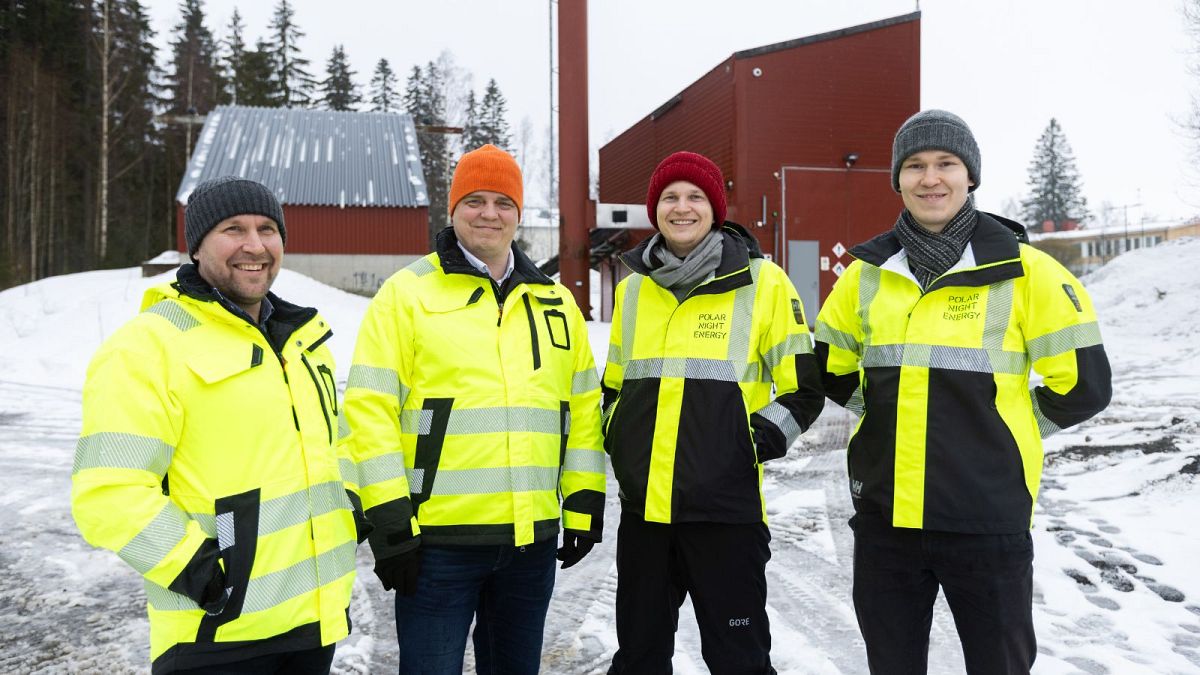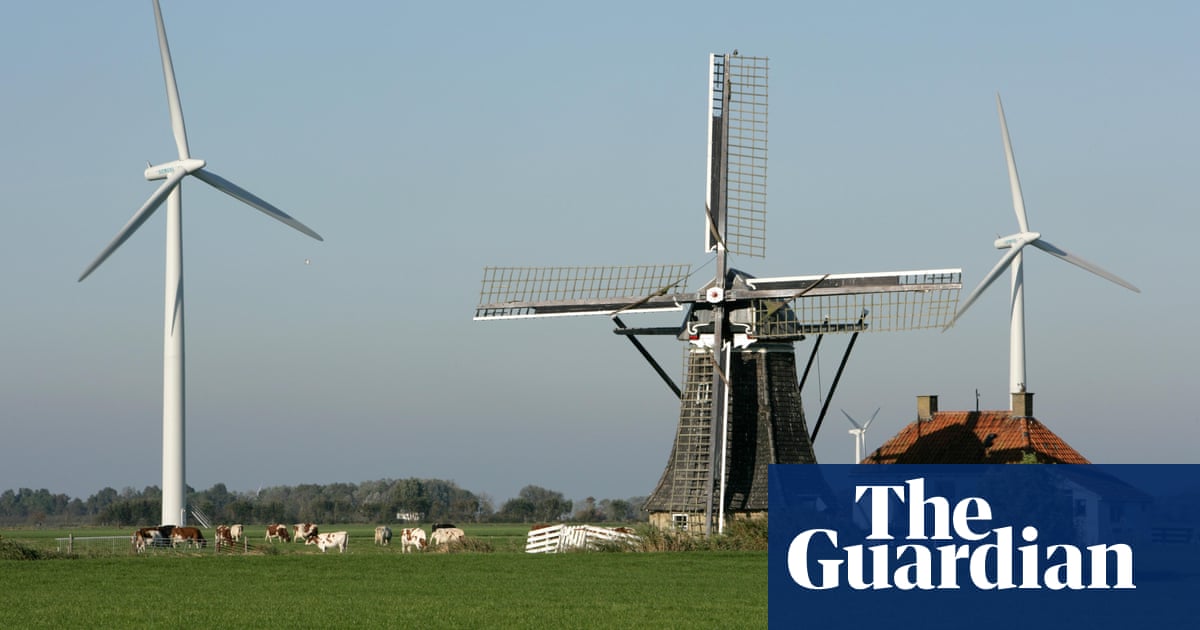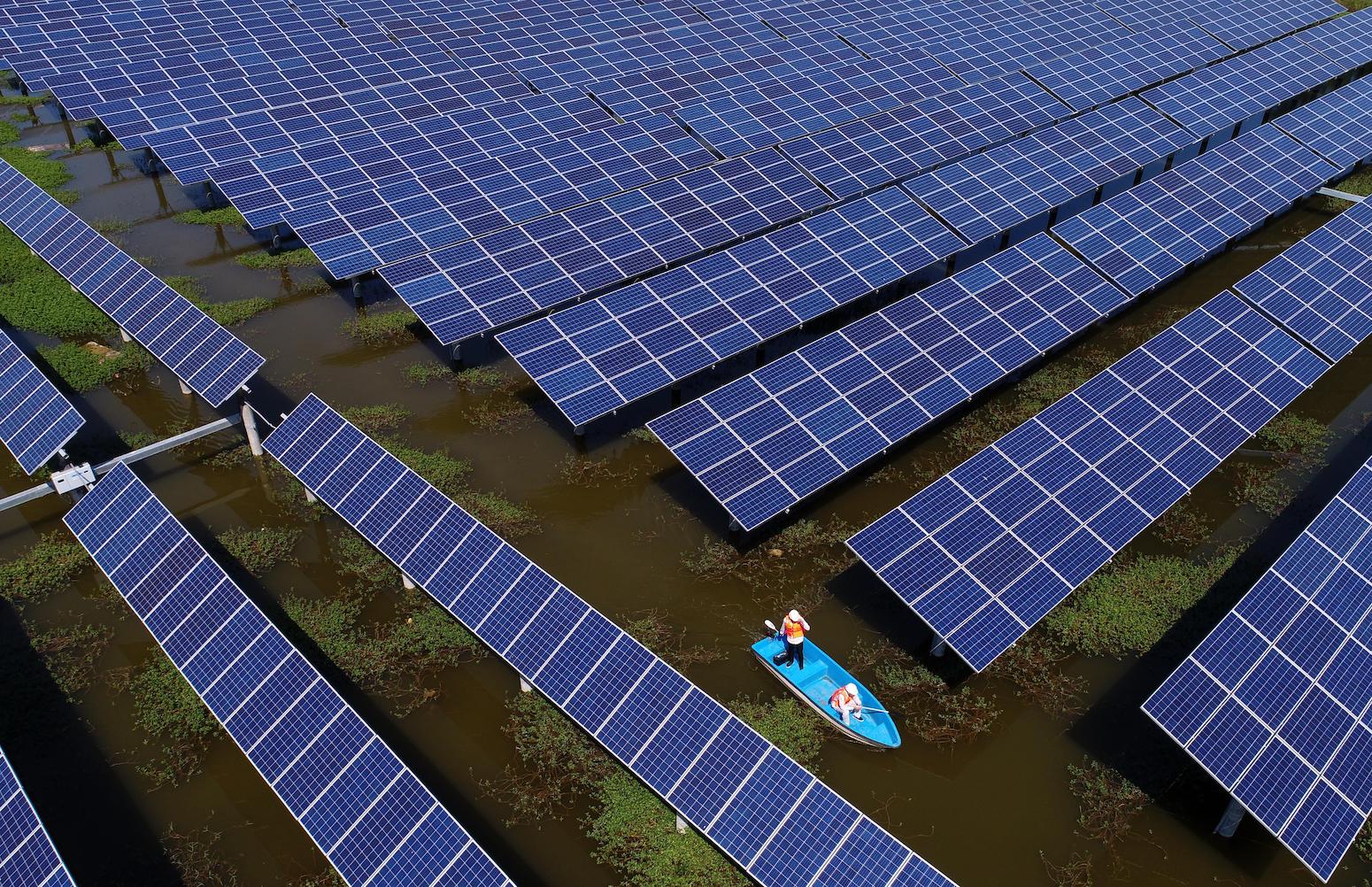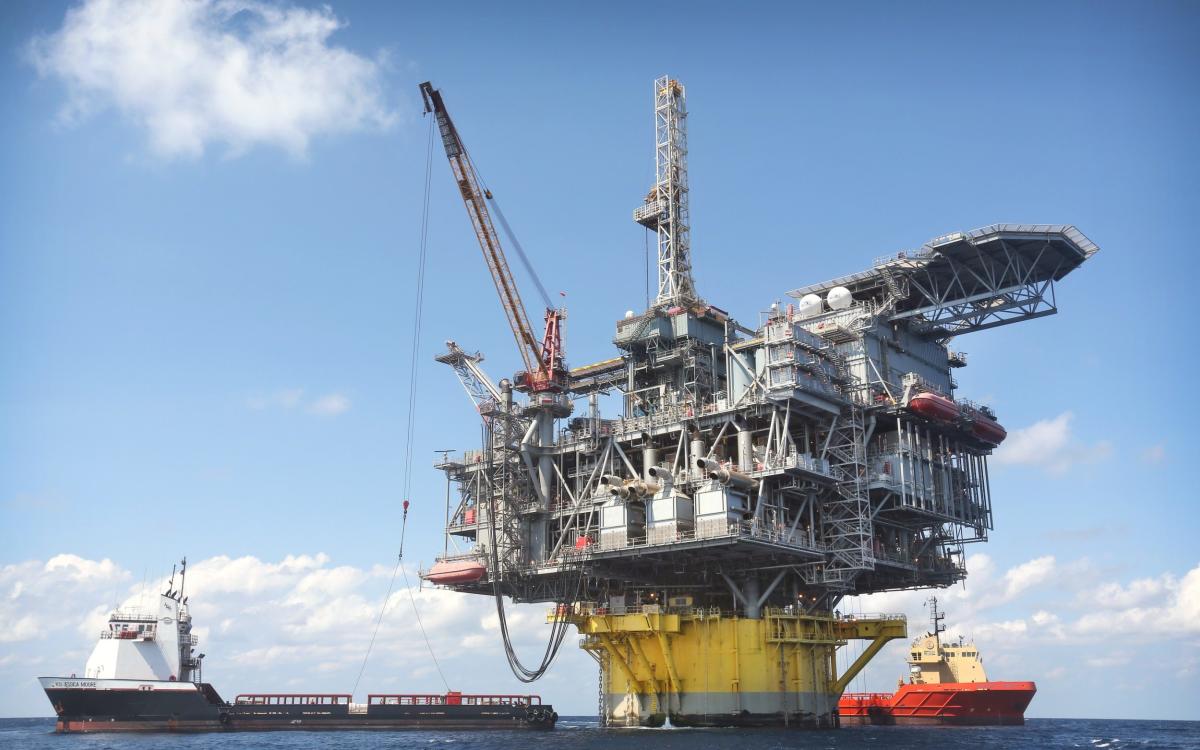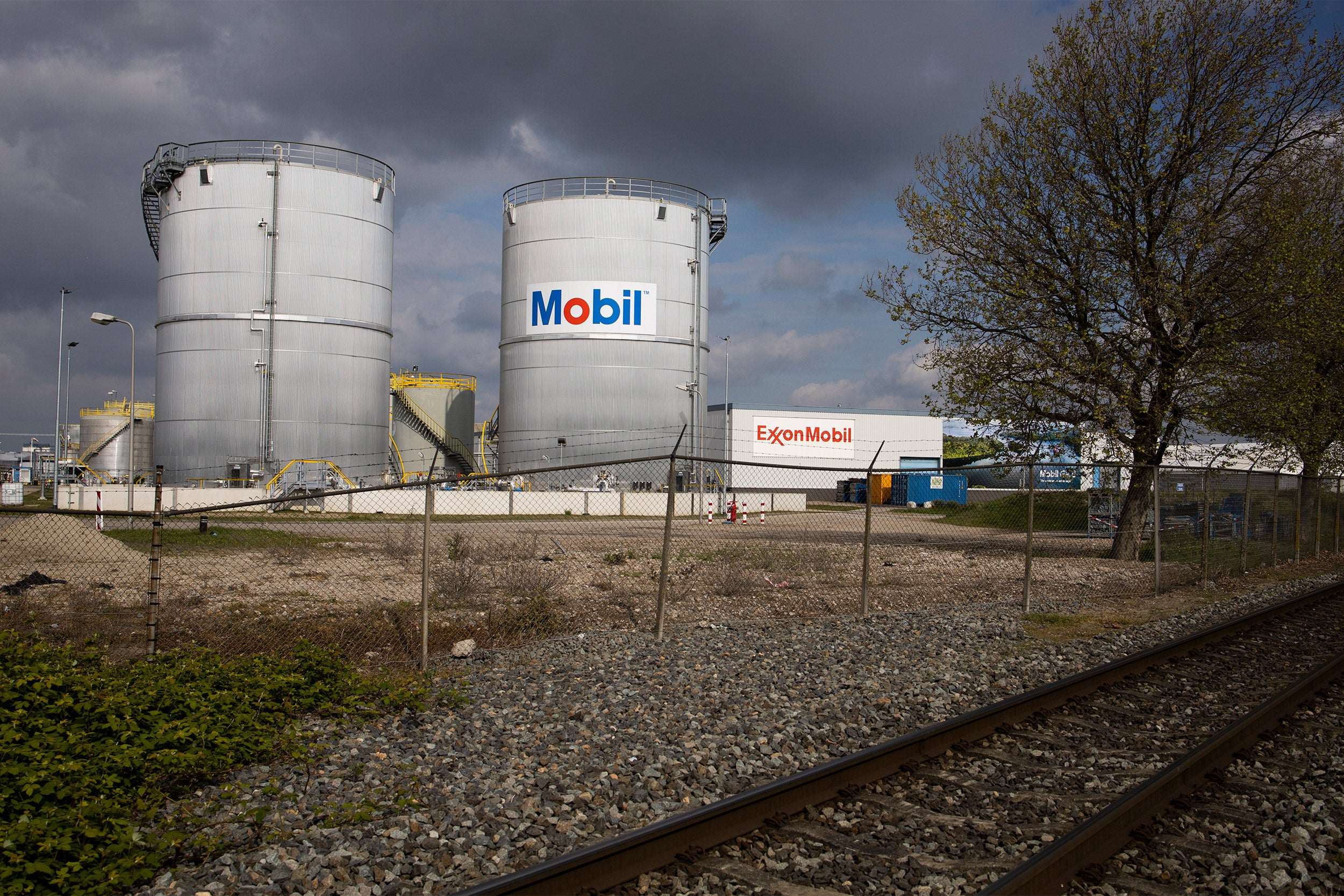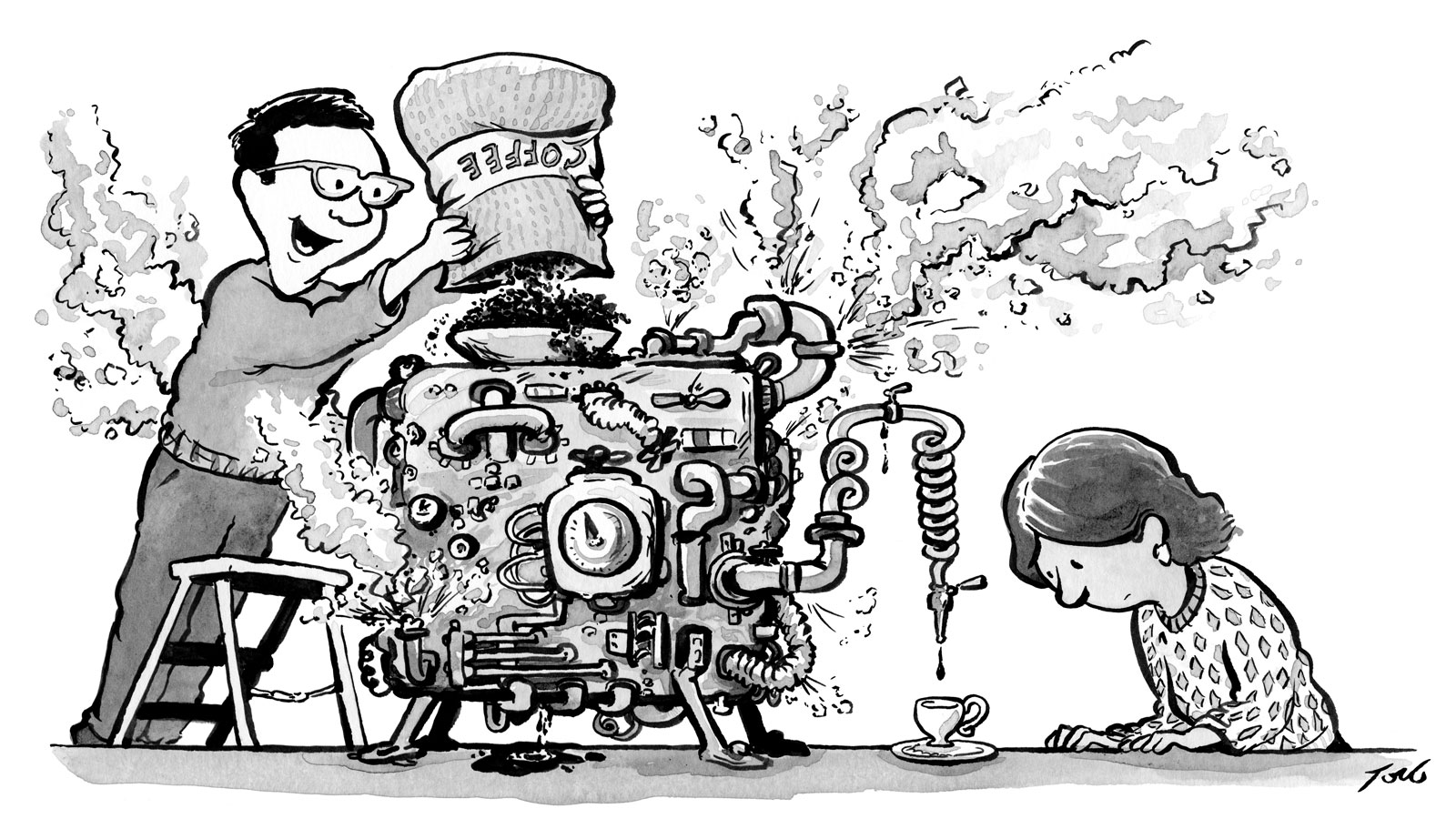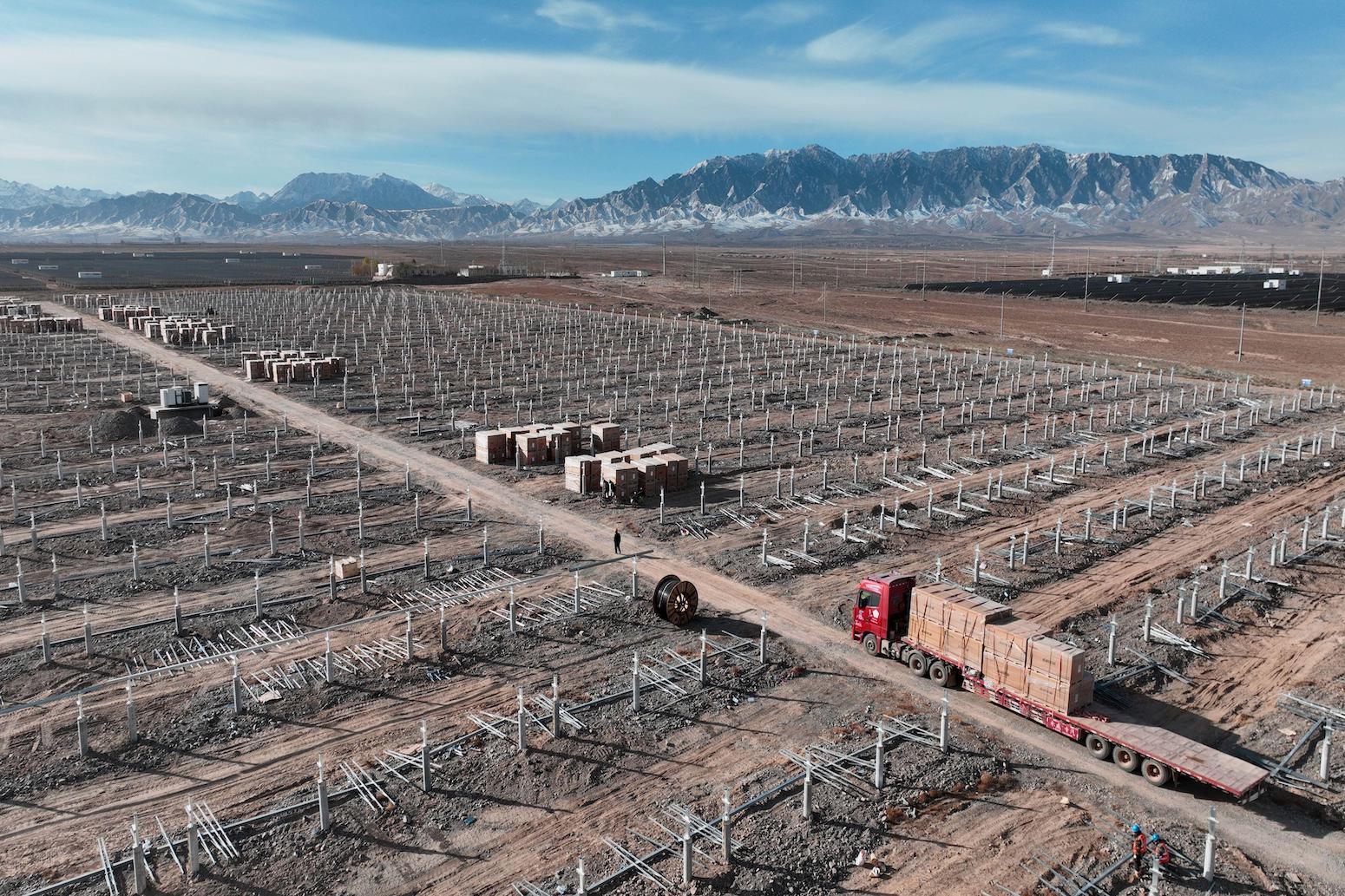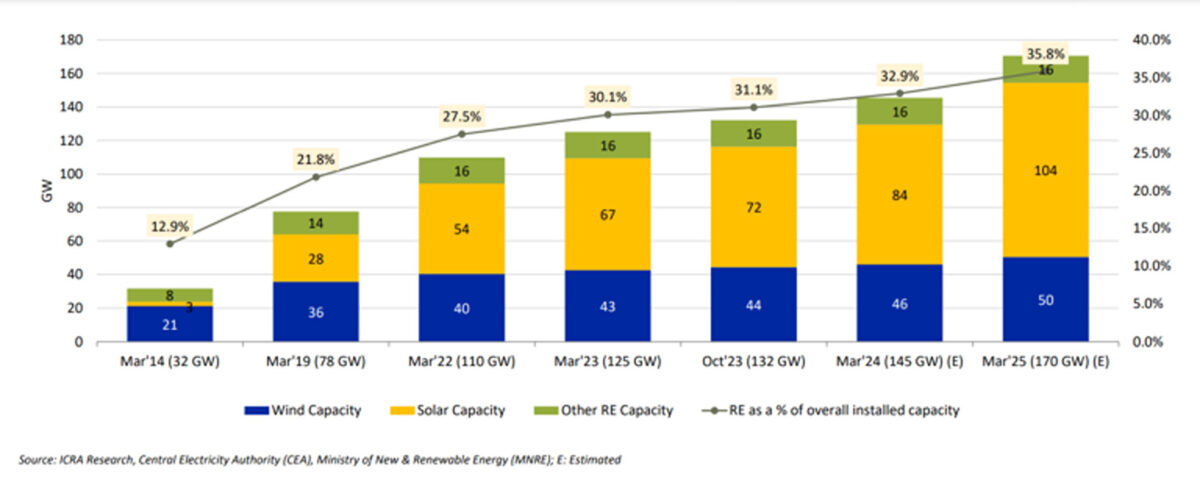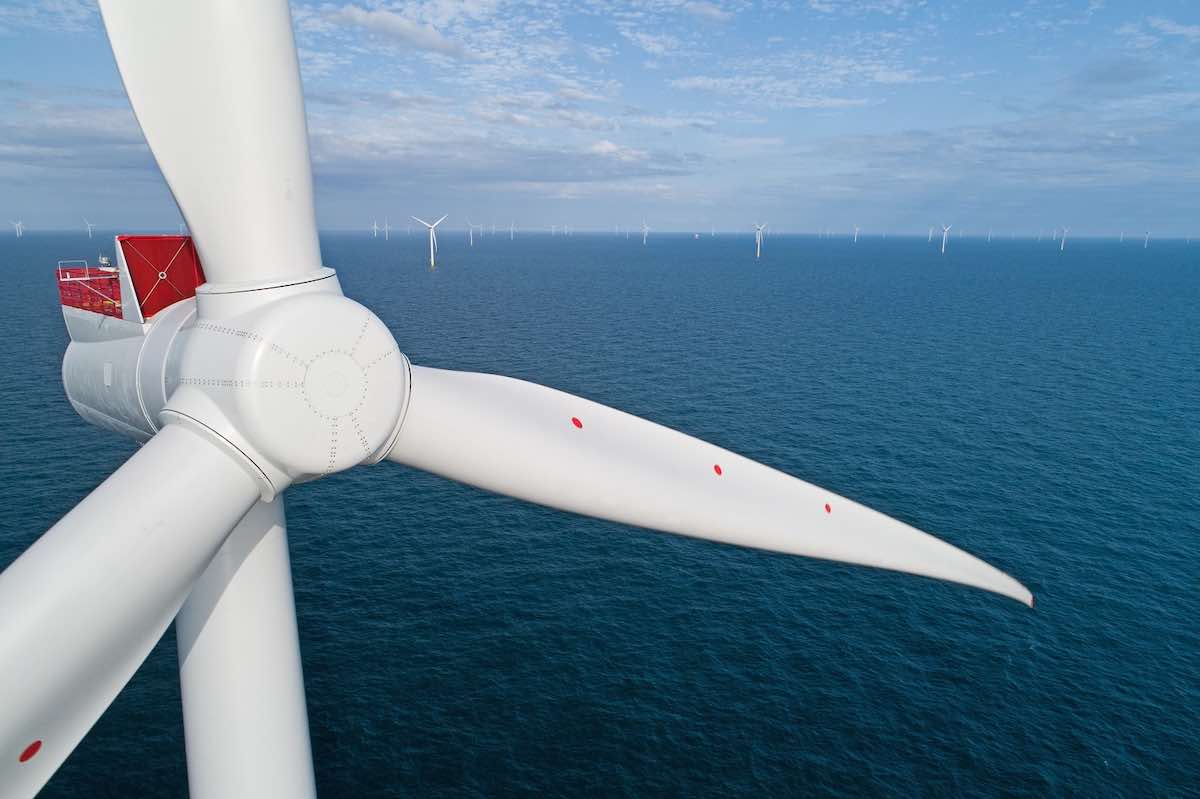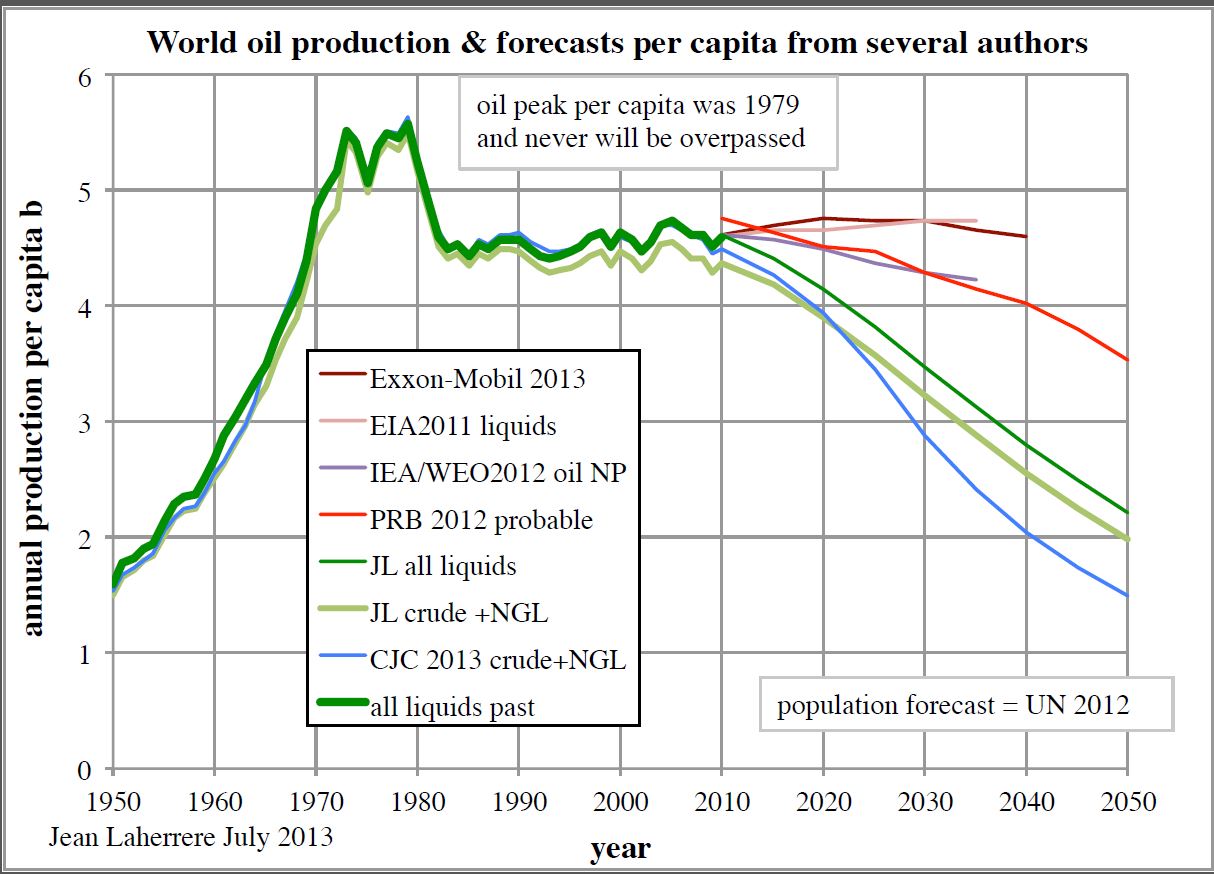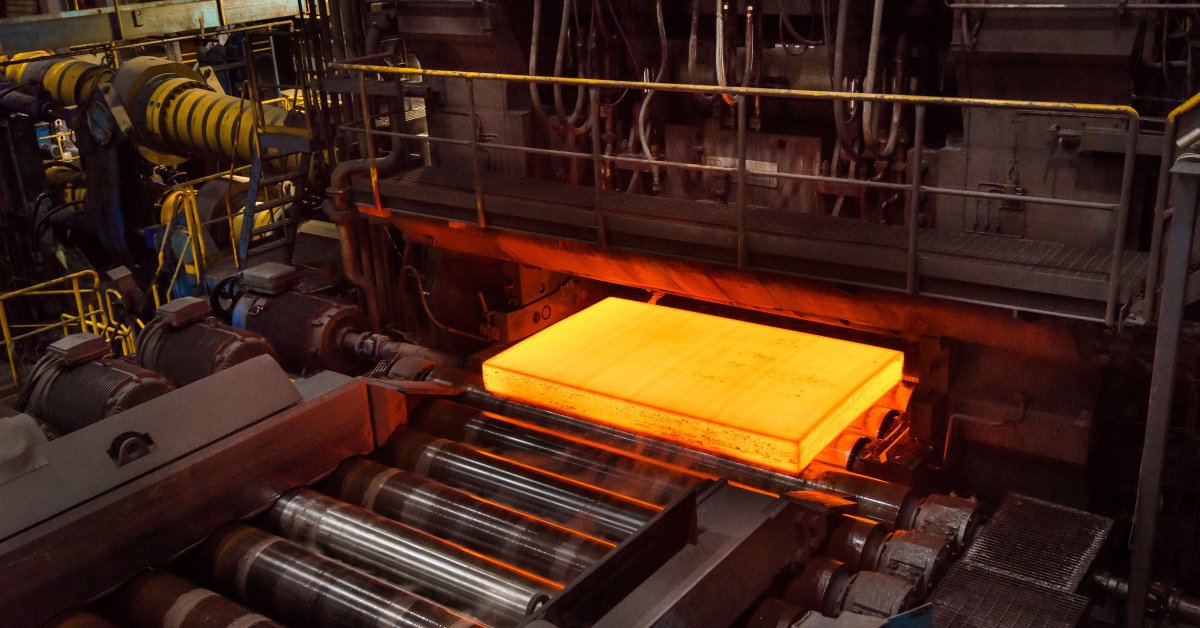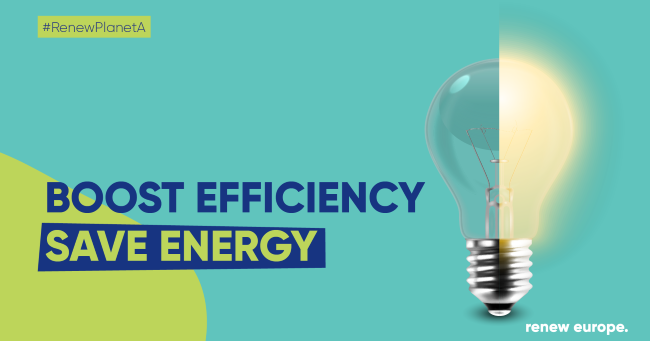- Joined
- Jan 25, 2012
- Messages
- 44,751
- Reaction score
- 14,484
- Location
- Texas
- Gender
- Male
- Political Leaning
- Conservative
There are two possible options, one of which is actually viable and in small production, Ammonia energy storage and hydrocarbon energy storage.Grid scale energy storage is not really figured out yet, Batteries are expensive, and options like large scale pumped hydro are location specific as well as heavy on upfront investment. I read that smaller scale pumped hydro style storage using abandoned mines etc is being seriously looked at. Will be interesting to see if that goes anywhere. The other option that is only just entering the mix is the potential for hydrogen powered generation to carry some of the load when solar and wind are not generating enough. It seems like now we are looking we are finding more geological (green) hydrogen than we ever thought existed. My current thinking is that we will end up with much more location specific solutions than today, using a location specific mix of an array of technologies. Other options like deep drilled geothermal can also become base load plants when solar and wind aren't keeping up. The days of only using hydro, geothermal, and oil/gas/coal fired plants are behind us I think. I think our generation will also be more distributed than today. That has some infrastructure costs, but also adds resilience in a climate change impacted world.
of the two, Hydrocarbon energy storage has the greatest potential, because of the vast refining and distribution infrastructure already in place,
as well as the existing demand. The climate alarmist do not like hydrocarbon energy storage because they spent too much time demonizing the oil companies. (Existing refineries are best set up to create fuels from captured CO2, hydrogen from water, and electricity.)
Power-to-liquid
While the process is not yet economically viable to compete directly with fuels made from oil, it is getting close, and the
cost curves are in motion. Fuels made from oil will continue to increase in price, and fuels made from scratch
will continue to decrease in price. At some point it will be more profitable for a refinery to make their own fuels from scratch than to
make fuels from purchased oil.
From an energy storage perspective one of the early lectures on the Navy's process for making jet fuel, they mentioned that one of the difficult steps was to force the molecules into the desired liquid form. The process tended to selected the simplest molecule, CH4, natural gas.
We can store almost unlimited quantities of natural gas, to be burned in existing combined cycle powerplants as needed.
An example is that we could store all the surplus electricity from Spring Solar, as natural gas to supply electricity for Summer cooling.



